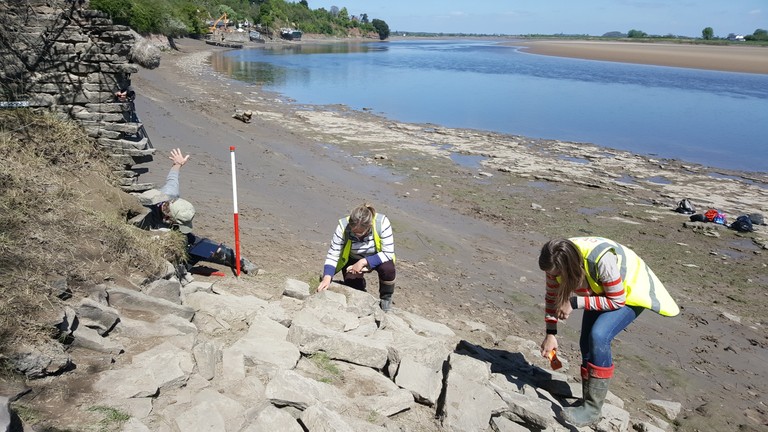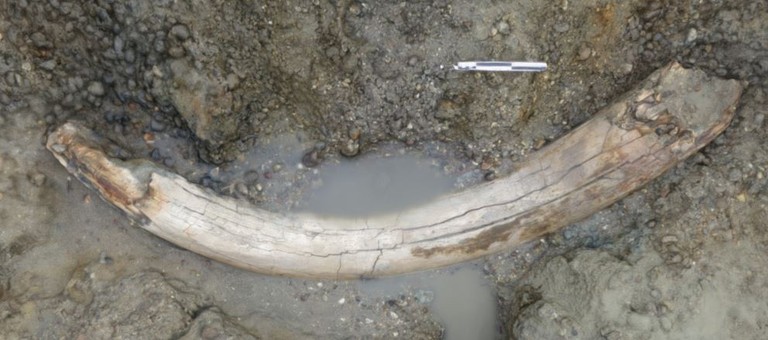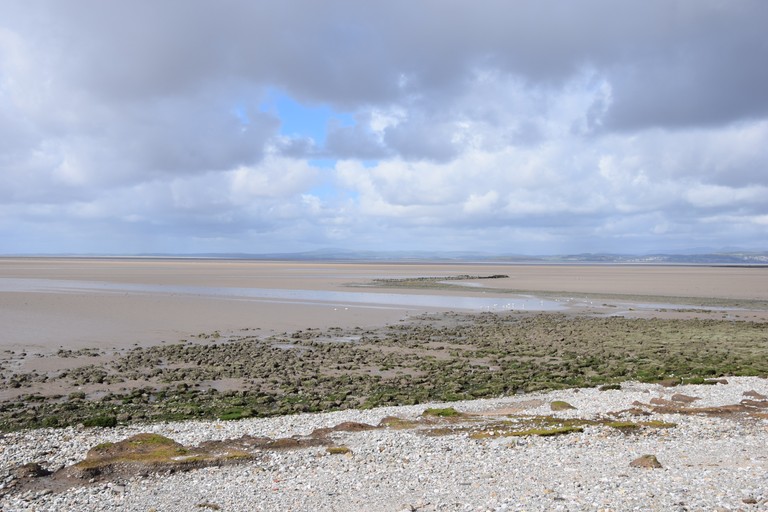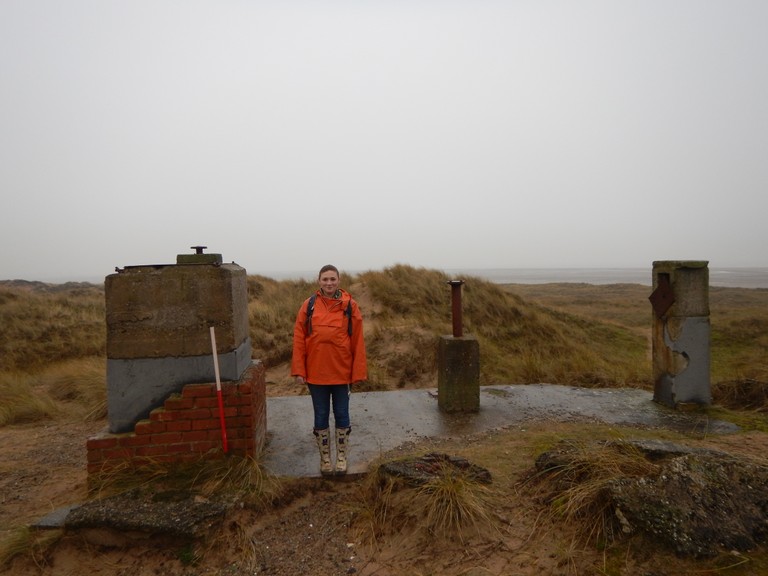Latest Blog entries
We encourage everyone involved in the CITiZAN project to contribute to our blog. Whether you're on site monitoring, in a library researching, or conducting oral history projects, we want to hear from you! To submit an article please email your regional CITiZAN Community Archaeologist with your text and up to five images.
- The Severn River, with the world's second highest tidal range and exceedingly dangerous currents, is a monumental barrier for the movement of people who live and work in the area. Despite all of this, mastering the crossing of the River Severn saves any traveller the lengthy land detour so people have been trying and using the same crossing routes for hundreds, if not thousands of years.
- The foreshore of Mersea Island has delivered some real treats already this year, but no one was expecting this
- This blog looks at CITiZAN's work within the Regional Research Framework and at the work undertaken supporting the Morecambe Bay Partnership at the Hest Bank Pier and the jetty in Ulverston.
- During World War II the Royal Observer Corps was tasked with locating and tracking enemy aircraft, at the end of the conflict they were disbanded. But were soon reformed and given a much harder task. Reporting on the location and strength of nuclear missile strikes in the event the Cold War ever heated up. CITiZAN North have been looking at one of the ROC fallout reporting bunkers on Mersey Side.
Crossing the Severn through the ages
22/04/2017 | Alex Bellisario


Mammoth task
31/03/2017 | Oliver Hutchinson

CITiZAN at Hest Bank and Ulverston
30/03/2017 | Henry Weeds (University of York placement student)

The chilling remnants of the Cold War
13/03/2017 | Andy Sherman









